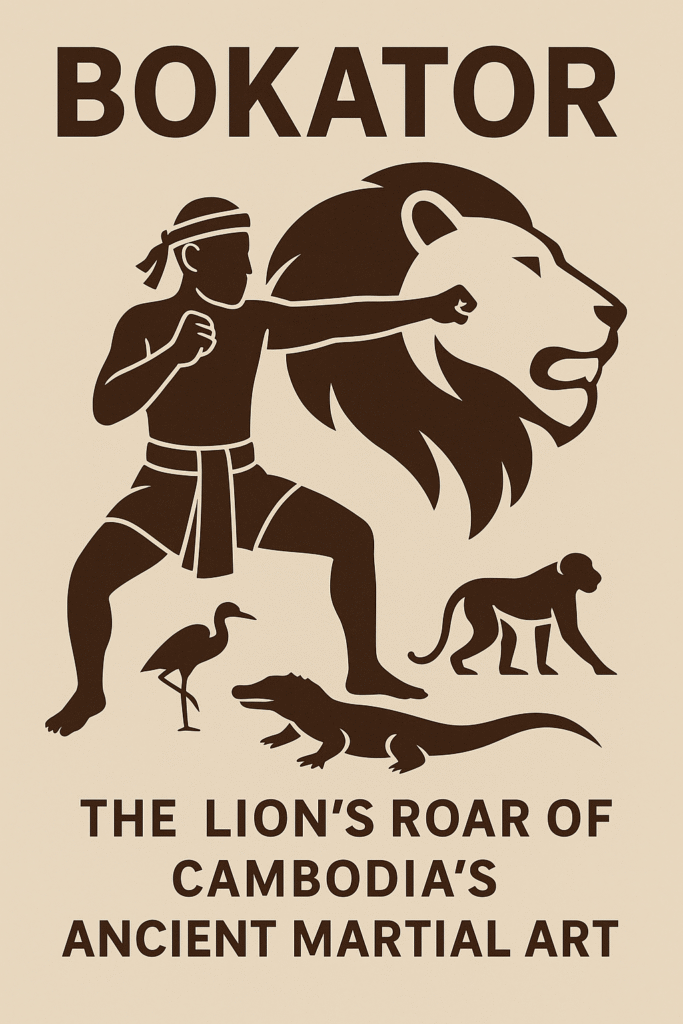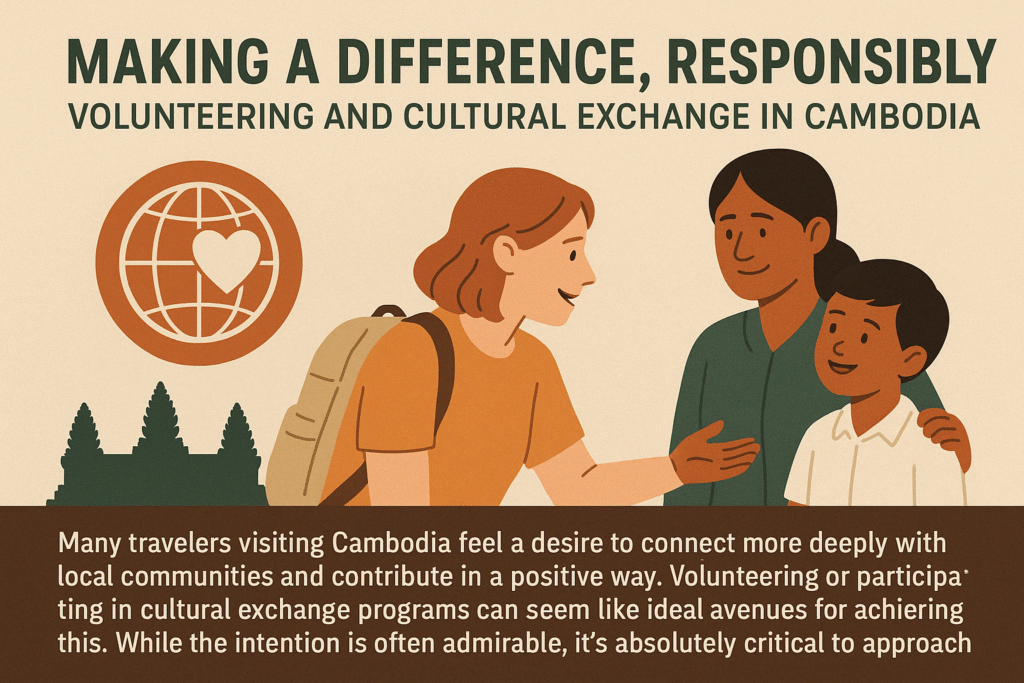The future of Cambodia’s diverse indigenous cultures rests at a critical juncture, shaped by the powerful crosscurrents of economic development, globalization, national policies, and the enduring resilience of the communities themselves. Having explored their unique traditions, deep connection to ancestral lands, and the challenges they face, the question remains: how can these distinct cultures survive and thrive in the 21st century? The path forward involves navigating complex balances, asserting rights, and adapting creatively to a rapidly changing world.
The Central Dilemma: Cultural Preservation vs. Economic Development

Perhaps the most fundamental challenge is balancing the desire for cultural preservation with the pursuit of economic development. Indigenous communities, like all societies, aspire to improved living standards – access to better healthcare, education for their children, stable livelihoods, and basic infrastructure. However, development pathways promoted externally often prioritize economic integration into the national market, which can come at the cost of:
- Loss of Land: The most critical threat, often through Economic Land Concessions (ELCs) or encroachment, which destroys livelihoods and severs spiritual ties.
- Erosion of Traditional Livelihoods: Shifting from subsistence farming, hunting, and gathering towards wage labour or cash cropping can undermine traditional skills and social structures.
- Cultural Assimilation: Increased exposure to mainstream Khmer culture via media, markets, and education can lead to the decline of indigenous languages, rituals, and social norms.
The key lies in finding models of development that are community-led, culturally appropriate, and environmentally sustainable, allowing communities to improve well-being without sacrificing their core identity. This requires genuine consultation and ensuring communities have control over their lands and resources.
Tourism: Opportunity or Threat?

Tourism, particularly focused on cultural or eco-tourism, presents a potential avenue for economic benefit linked directly to cultural and natural heritage. It can provide income, incentivize the preservation of crafts and environments, and foster pride in local traditions. However, the risks are significant:
- Commodification: Culture risks being turned into a superficial performance for visitors.
- Economic Leakage: Profits may flow out of the community if tourism is controlled by outsiders.
- Social and Environmental Impacts: Increased visitors can disrupt social norms and strain local resources or ecosystems.
For tourism to be genuinely supportive, it must be developed based on principles of Community-Based Eco-Tourism (CBET), ensuring local ownership, equitable benefit sharing, environmental sustainability, and profound respect for cultural integrity.
Government Efforts to Recognize and Protect Indigenous Rights

The Cambodian government has made strides in formally recognizing indigenous peoples and their rights. The Constitution acknowledges ethnic minorities, and the 2001 Land Law includes provisions for registering indigenous collective land titles (CLTs). This legal framework is crucial.
However, significant challenges remain in implementation:
- Slow Progress on Land Titling: The process of identifying, mapping, and registering communal lands is complex, slow, and under-resourced, leaving many communities vulnerable.
- Conflicts with Concessions: The continued granting of ELCs often overrides customary rights and undermines the CLT process.
- Need for Stronger Enforcement: Even where rights are recognized legally, enforcement against land grabbing or resource exploitation can be weak.
- Meaningful Participation: Ensuring Free, Prior, and Informed Consent (FPIC) before development projects impact indigenous territories remains a critical need. The future heavily depends on the government’s commitment to effectively implementing its own laws and policies protecting indigenous rights, particularly land tenure security.
The Impact of Migration and Urbanization

Economic pressures and the search for opportunities are leading increasing numbers of indigenous individuals, especially youth, to migrate – seasonally or permanently – to work on plantations, in factories, in construction, or pursue higher education in towns and cities. This trend has complex consequences:
- Economic Remittances: Migrants often send money home, supporting families.
- Cultural Dilution: Time spent away from the community reduces participation in traditional life and limits the transmission of language, skills, and knowledge between generations.
- Changing Values: Exposure to urban lifestyles and different value systems can lead to shifts in aspirations and attitudes towards tradition.
- Challenges of Urban Life: Indigenous migrants in cities may face discrimination, precarious employment, and difficulties maintaining their cultural identity away from their community and ancestral lands.
Resilience and Adaptation: Indigenous Agency
Despite these immense pressures, indigenous communities are not passive victims of change. They are actively engaged in shaping their own futures through various strategies of resilience and adaptation:
- Community Organizing: Forming associations, networks, and representative bodies to advocate for their rights and interests.
- Engaging with Support Systems: Partnering with NGOs and international organizations for legal aid, technical support (e.g., for land mapping, sustainable agriculture), and capacity building.
- Cultural Revitalization: Implementing initiatives like MTB-MLE, community language classes, and documenting oral traditions and traditional knowledge.
- Adapting Livelihoods: Modifying traditional farming practices, developing sustainable harvesting of forest products, adapting crafts for new markets, and engaging in community-based tourism.
- Leveraging Technology: Using mobile phones and social media for communication, accessing information, and networking.
- Youth as Agents of Change: Educated indigenous youth are increasingly playing roles as advocates, mediators, and innovators, finding ways to blend their cultural heritage with modern skills and opportunities.
Conclusion
The future of Cambodia’s indigenous cultures is complex and hangs in the balance. Threats to their lands, languages, and traditional ways of life are profound and driven by powerful economic and social forces. Yet, these communities possess deep wells of resilience, invaluable traditional knowledge, and a strong sense of identity. Their future trajectory will depend on a confluence of factors: the degree to which their land and resource rights are secured and respected; the implementation of culturally sensitive development policies that prioritize community well-being and participation; the continued support of civil society organizations; and, most importantly, their own enduring capacity to adapt, innovate, and advocate for their right to self-determination. Supporting indigenous communities in navigating these challenges on their own terms is essential not only for their survival but for preserving the rich cultural mosaic that defines the Kingdom of Cambodia.



